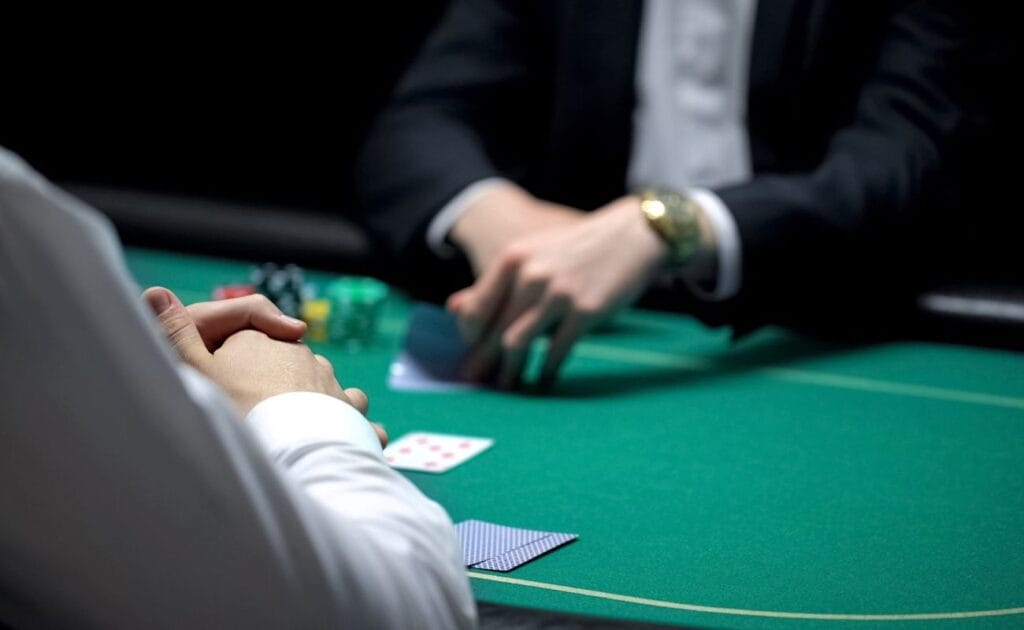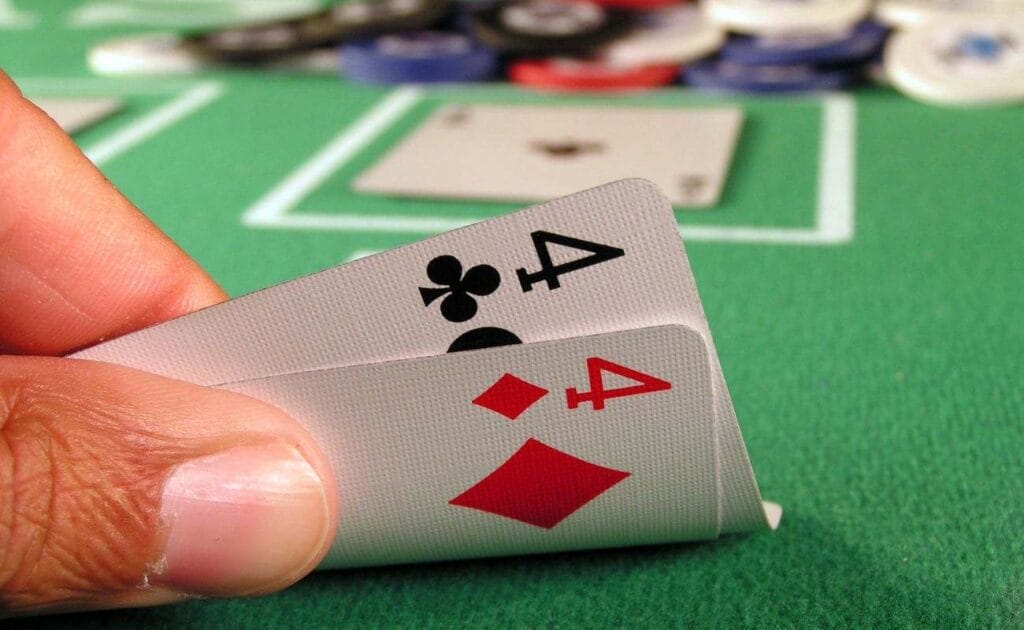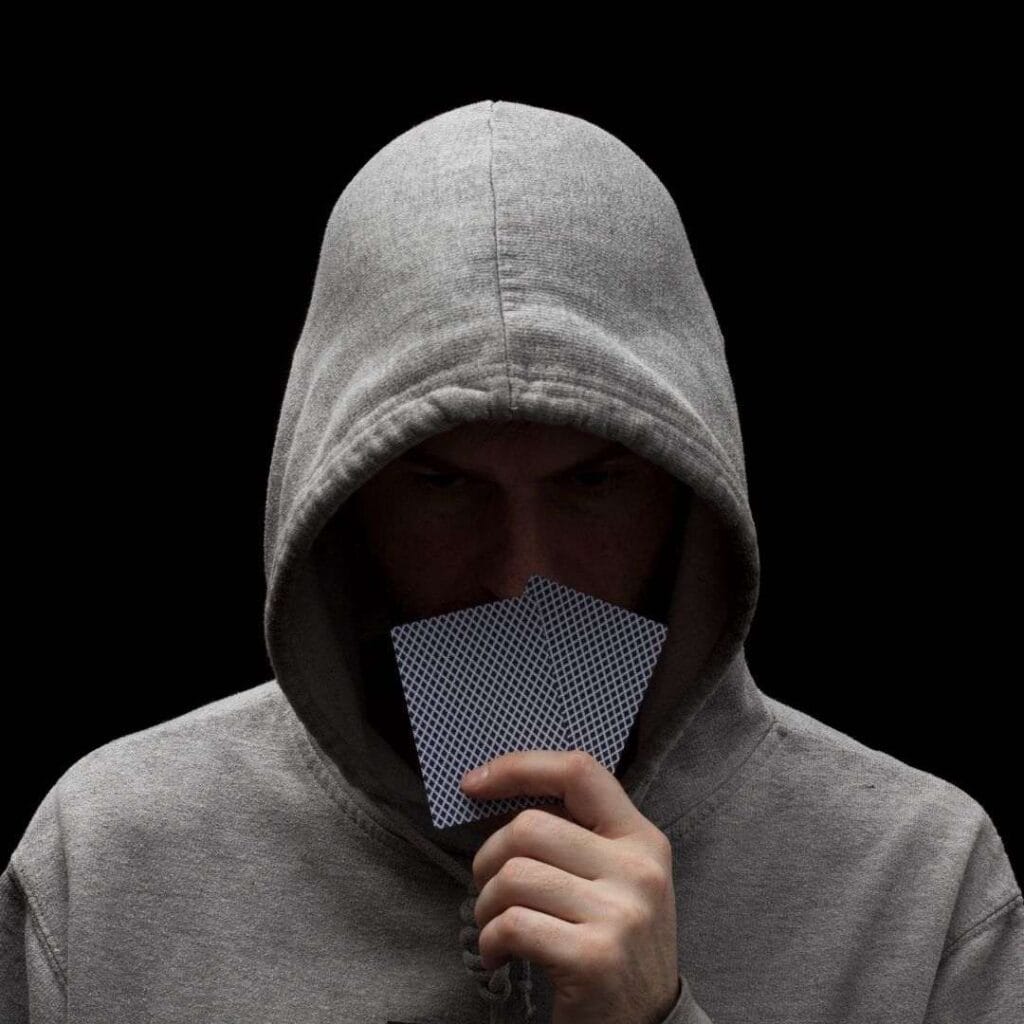
Low pocket pairs can be frustratingly tempting to play because of the initial buzz of holding what appears to be a really strong hand. However, the reality is that your chances of hitting a set on the flop are just 11.80%. Given the likelihood of encountering an overpair, this type of hand can be dangerous.
While you should be careful of playing low pairs, there are a few ways to save the hand when all else fails. For instance, you can still turn them into bluffs. Whether you play live or online poker, this blog gives you all the information needed to play those small pairs effectively.
What Is a Low Pocket Pair?
Before looking at strategy, it’s important to understand exactly what a low pocket pair is. After all, understanding your hole cards is a vital foundation for any poker strategy.
A pocket pair falls into one of three categories. Firstly, premium pairs are those from A-A to J-J. Then there are medium pairs, ranging from T-T to 7-7. As you can probably work out, small pocket pairs are anything from 6-6 down to 2-2.
General Rule With Low Pairs

Small pairs generally require fairly cautious play. Depending on your opponents, the wisest move may be to call in an early position as you’re vulnerable to aggression if you raise. The best time to raise preflop is when you’re in late position and there’s been no aggression in front of you.
If there’s a 3-bet at this point, you can safely call. Reraising with this weak holding is reckless, while folding can be costly with such a playable hand. However, if there’s continued aggression from other players, it’s time to fold. If you make it to the flop and don’t have a set, then bluffing becomes an option.
When To Bluff With Low Pairs

There are six prime situations where you can think about bluffing with small pairs. It’s important to note that this doesn’t mean you definitely should bluff. Instead, these scenarios give you the best opportunity to execute your poker bluffing strategy when you’re feeling brave.
Your Opponents Are Playing Tight
Tight means that your opponent is playing very few hands and only showing down monsters. If that’s the case, you know that they’re likely to fold if you bluff. It doesn’t matter whether you’re playing poker or live dealer blackjack, good gamblers always fully assess every situation at the table.
If the opposite is true and your opponent is playing loose, then bluffing becomes much riskier. Always note the behavior of each player so that you can make better decisions further down the line.
You’re In Late Position
Position is a huge factor when playing with smaller pairs. Bluffing is never going to be a wise move in an early position. Any player with great cards can quickly raise you out of the hand and you’ve wasted valuable chips.
However, if you’re in a late position, bluffing becomes much more appealing, since there are fewer players left to act after you. Late position at a 9-player table is defined as the last three to bet — so, the hijack, cutoff and button spots. If you’re in one of these positions and there’s been no prior aggression, bluffing is a lot less risky.
You Have a Deep Stack
Bluffing with a shallow stack is always a desperate move. Not only do you risk losing precious chips, but you won’t have enough to scare your opponents out of the pot. Anyone with a half-decent hand will call your bluff with low pockets, meaning you’re out of the game.
On the other hand, bluffing with a deep stack gives you much more breathing space. Plenty of chips equals plenty of firepower to back up your bluff. But a low pocket pair and a shallow stack? It’s best to fold and wait for the next hand.
You Sense Weakness
Being able to predict your opponent’s hand is as important as knowing your own. Effective bluffing in poker requires you to analyze the betting patterns of your opponents and use this information to make better judgments.
For example, say there’s a player who raised before the flop but is now looking to check postflop. You know from previous hands that they tend to be weak, usually folding if another player raises. Here you’ve sensed weakness and can bet them out of the hand.
Bluffing becomes much easier against opponents who are predictable. If you’ve analyzed table behavior well enough, you’ll know exactly when someone’s likely to fold.
Low Uncoordinated Cards on the Flop
As previously mentioned, you’ll flop a set just over one time in ten. In the likely event that you don’t hit your three-of-a-kind, it’s important to work out how the flop looks to your fellow players. If they’ve raised preflop, it’s very likely they’ll be looking for high cards or coordinated suits.
If the board is something like A-Q-J-6-2 and you have a pair of 5s, bluffing isn’t advised. For an opponent to have continued this far, they most likely hit a piece of that scary-looking flop. But if the board is a bunch of lower, unconnected cards, this makes bluffing much more attractive. The player who raised most likely didn’t get what they were looking for.
You’re Being Predictable
To bluff effectively in poker, you can’t be predictable. An extreme example of this is if you’ve folded for 20 hands in a row and suddenly shove all in with a pair of aces. Nobody at the table will touch this bet, so you’ve essentially wasted an opportunity to secure chips with a premium hand.
Sometimes you just need to mix up your play in order to throw your opponents off the scent. By mixing smaller pairs into your bluffing range, observant opponents may fear a set in future and fold stronger hands. So, even if you don’t win the hand, bluffing with a low pocket pair could pay off in the long term. You just want to make sure that you’re not risking too much of your stack when betting.
Final Thoughts
Bluffing with a low pocket pair is an advanced move. It should only be done when you feel you have a good read on the behavior of your fellow players. But it’s important to build this type of hand in your bluffing range.
Think you’re up to the task? Be sure to register with Borgata Online and see if you can turn those smaller pairs into a winning hand.
